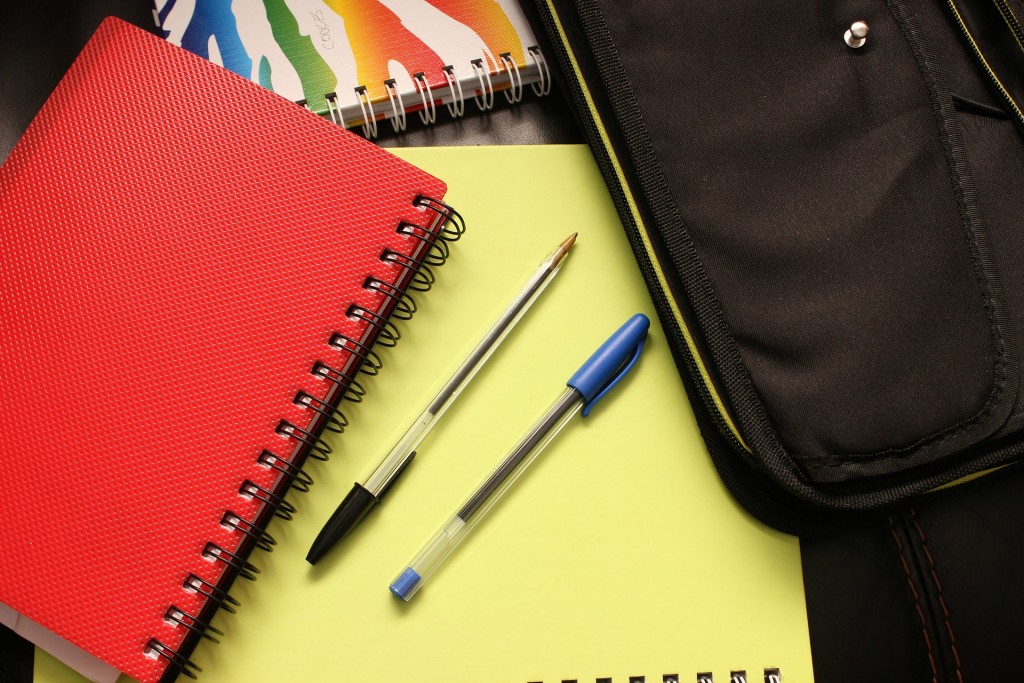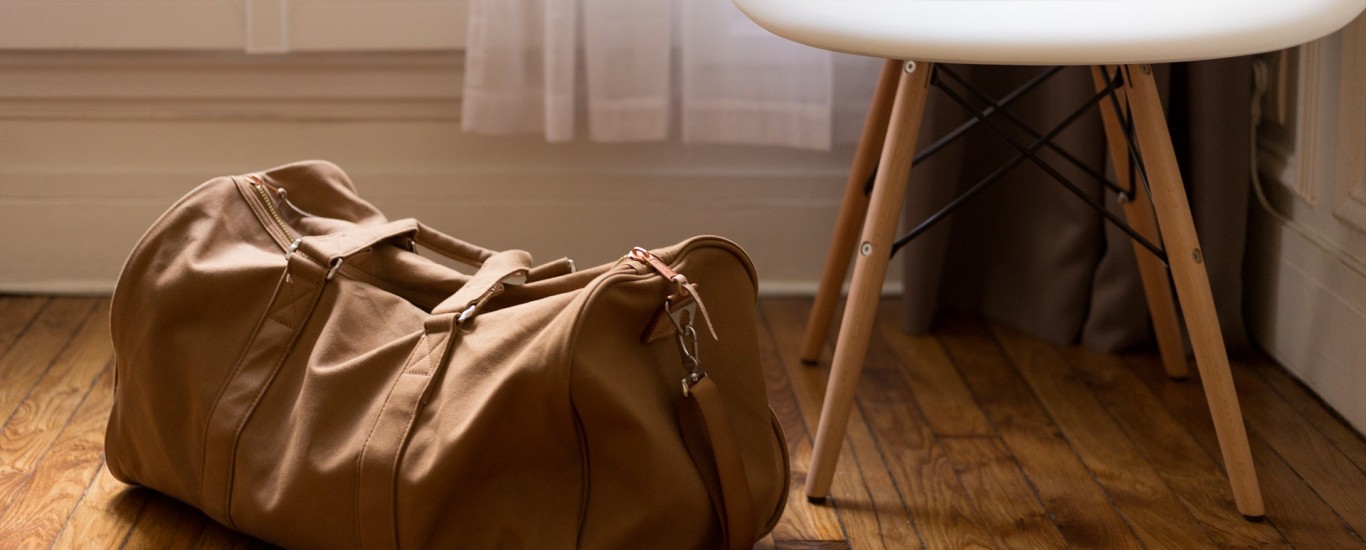Completing a Do-It-Yourself (DITY) or Personally Procured Move (PPM) can be incredibly stressful, especially if you have to do the work on your own, without your deployed spouse around to help. By thinking ahead and making a plan, you can eliminate some of the pressure and anxiety of getting everything done. And to help you sort through your next move, here are a few tips that can make the process easier on you and your family.
1. Fill Out All Paperwork
It’s important that you get all paperwork completed correctly and on time. This includes filling out Standard Form 1038 and Original DD Form 1351-2 to receive advanced funds and get your travel expenses approved. Make sure that you remember to register all vehicles, including trailers, boats, and other large items that you’ll be pulling behind you. These forms should be filled out as soon as possible, ensuring that no information is left out at the last minute. Additionally, you should complete DD Form 1299, DD Form 1797, and DD Form 2278. For those who aren’t sure which documents you’ll need or need guidance filling them out, visit Great Guys Moving personally procured move guide for additional information.

2. Give Yourself Time
The biggest benefit of a DITY moving process is the ability to space out your time and move on your terms. If you need an extra day or two to load a moving truck or to do some sightseeing along the way, you have the ability to arrange your travel plans accordingly. This way, you can give yourself a cushion in case anything goes wrong or something unexpected comes up. To get the most out of your time, make sure that you plan ahead and give yourself plenty of space for the packing, loading, and traveling process.
3. Create a Binder
If you haven’t already, organize a moving binder with all of your emergency information, such as social security cards, copies of insurance cards, and anything else you might need. It’s also a good idea to include moving checklists, registration forms, an inventory of household items, and a schedule of the moving day. Make sure to regularly check your binder to review that you have all documents needed from enrolling your children at their new school to utility information for your new home.

4. Pack Strategically
When packing for a move, it’s essential to know where everything in your house is being placed. Make sure that you correctly label each box of household items, such as kitchen utensils, bedding, and toiletries, so that you can quickly locate and open containers that are needed right away. It’s also good to plan out which boxes will be placed at the back of a moving van rather than placed at the front and to carefully package all fragile and breakable items.
5. Get Rid of Clutter
As military families tend to move from place to place, most quickly learn how to get rid of items that take up much-needed space and aren’t used often. As you’re packing, go through each room and find old furnishings, clothing, or miscellaneous appliances that create unnecessary clutter around your home. You can either donate your items to charity or sell them at a yard sale. And at the end of the process, you’ll feel much better knowing that you have less to pack and more space to use!

